
Campfire Safety in the Wake of a Record-Breaking Fire Season
At UCO Gear, we are known for reliable fire-starting products that make campfires convenient and fun, and we always hope that those products will be used responsibly. The west coast has seen a record-breaking fire season in 2018, and with the recent blazes raging across California, it’s never been more important to practice campfire safety. While some fires are started by natural causes, others are caused by human error and could easily be avoided. It’s scary to think about, but one wrong move could start a forest fire that takes your favorite wilderness area out of commission for years to come. The Eagle Creek Fire of 2017 is an example of this: irresponsible use of fireworks sparked a devastating fire, closing down many popular trails in the Colombia River Gorge, some of which are still out of commission today.
The easiest way to avoid starting a forest fire is to avoid anything that creates a spark, but that’s not always practical or enjoyable. There is something very comforting about a calm night sitting around a fire while camping. Luckily, it’s possible to mitigate your risk of accidentally starting a forest fire. You just need to follow some simple rules to have a safe campfire.
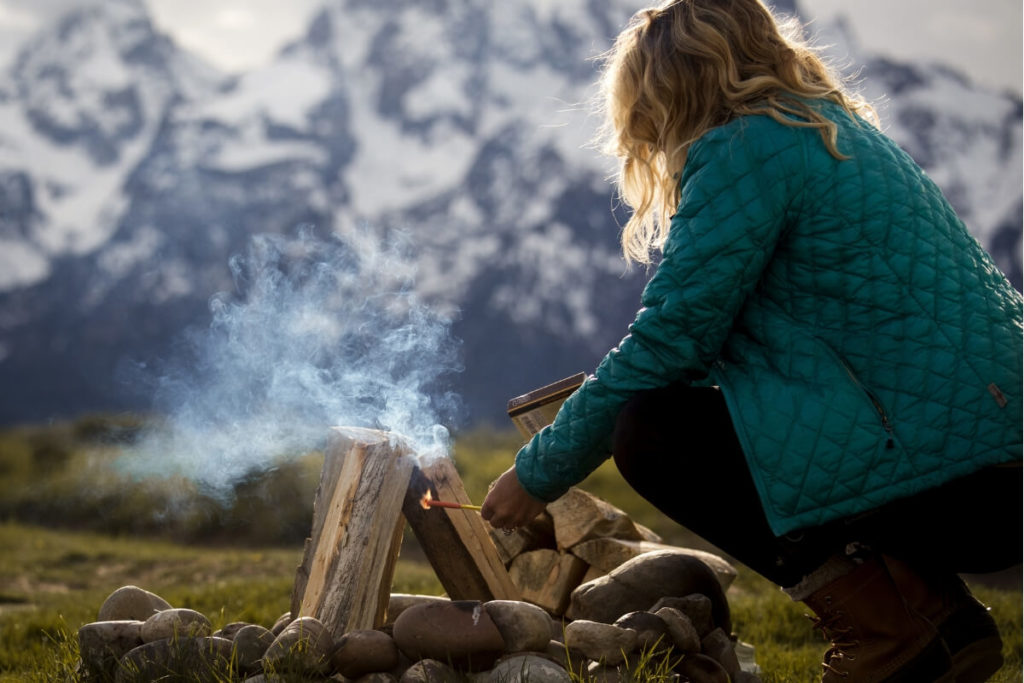
Make sure your fire is legal.
Fires have become so synonymous with camping that many people never stop to think about whether their fire will be legal, but there are actually several places where campfires are not allowed. In Washington, this includes anywhere above 5,000ft in wilderness areas and within a 1/2 mile of most popular alpine lakes. Sometimes you can google your desired location to find out if a campfire will be legal, but if you can’t find that information online, call the nearest ranger station! They can tell you exactly where fires are allowed.
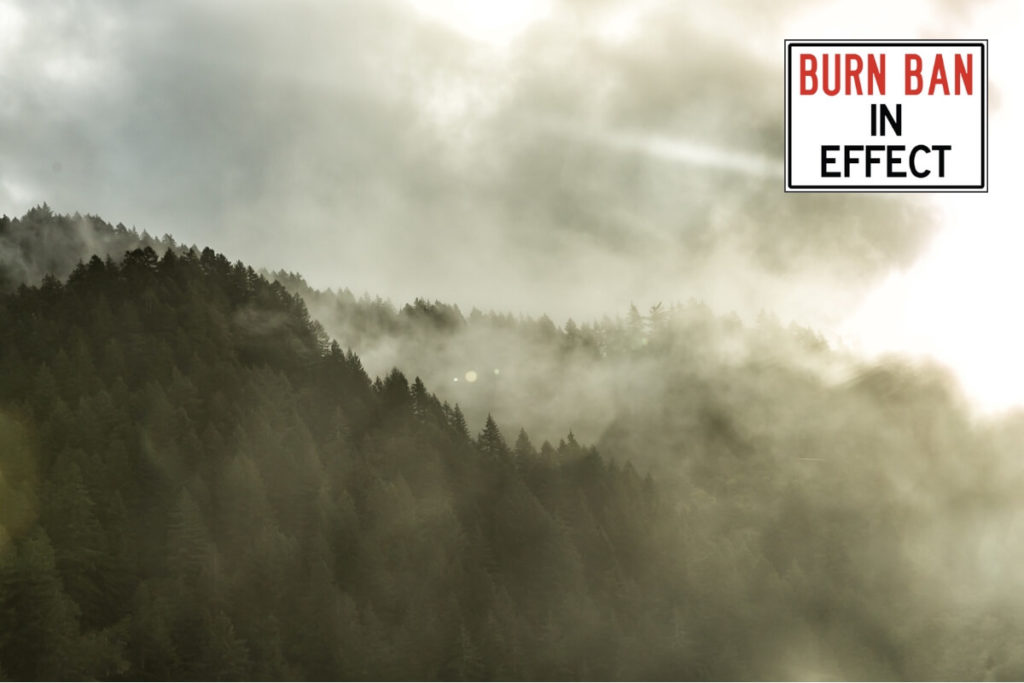
Check to see if there are any active burn bans.
While your fire may be in a legal area, you should also check the status of burn bans. If there is a burn ban, respect it. They are put in place to protect areas that are at high risk. It may seem innocent to start a small fire while there is a ban, but one stray ember can quickly start a much larger fire that you are unable to control. Usually, when there are burn bans it’s because conditions are hot and dry, so a fire isn’t even a necessity to keep warm or cook. Use camp stoves and save the fire for another time.
Unsure if there is a burn ban? Once again, you can always call or visit a local ranger station to get more information!
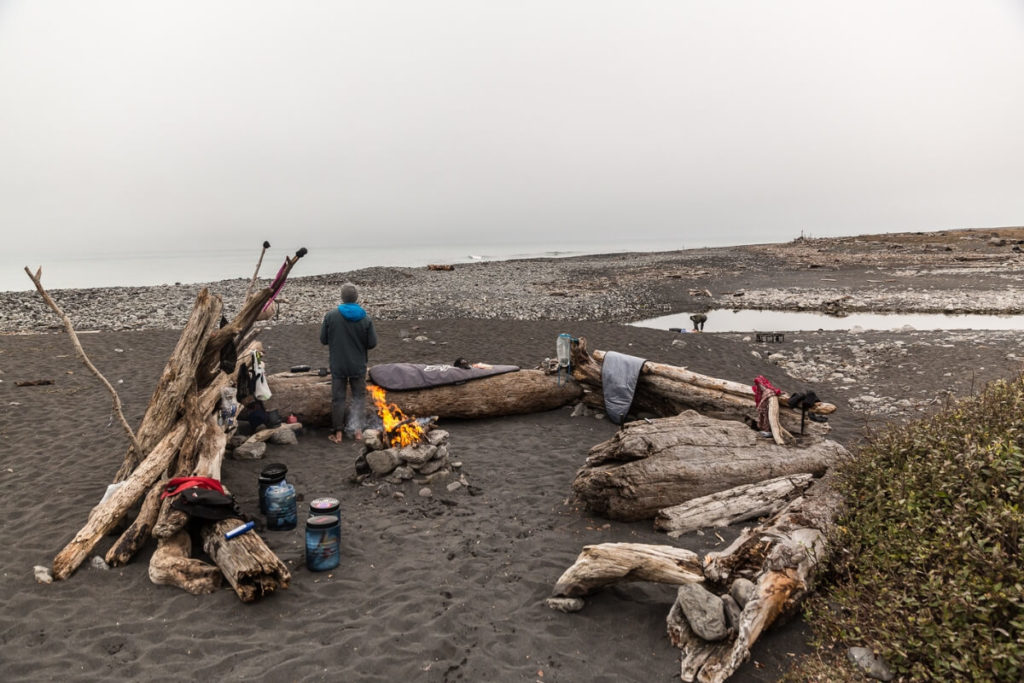
Use prebuilt fire pits or learn how to build your own.
Most established campsites will have a prebuilt fire pit if campfires are legal, and you should always use that before building a fire elsewhere. Sometimes there won’t be an existing fire pit and you will need to build your own. If you have followed the steps above and are certain your fire is legal, you can find more information on how to build a safe fire pit.
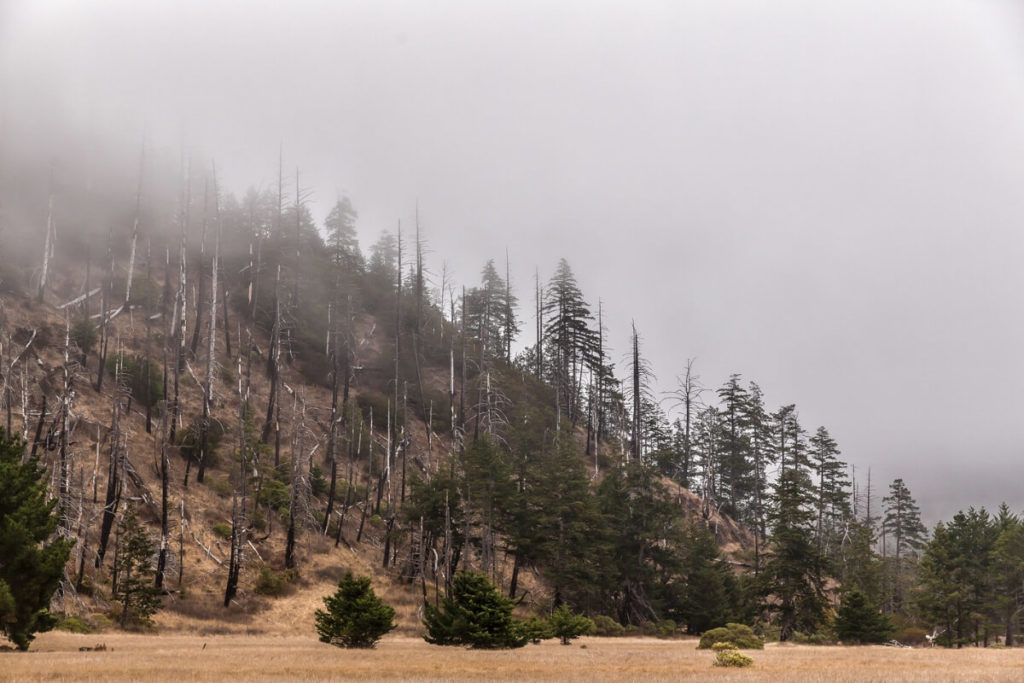
Follow Leave No Trace principles for minimizing campfire impact.
When deciding whether to build a campfire, take stock of your campsite and make sure you will not need to damage nearby vegetation to fuel your fire. This includes destroying habitat, gathering all of the wood in the area, cutting down trees, and using wood bigger in diameter than your wrist. Do you have a good tinder source? You can avoid having to gather tinder by bringing along the UCO Sweetfire Strikeable Tinder.
Leave No Trace has a lot of information on how to minimize your campfire impact. You can learn more here.
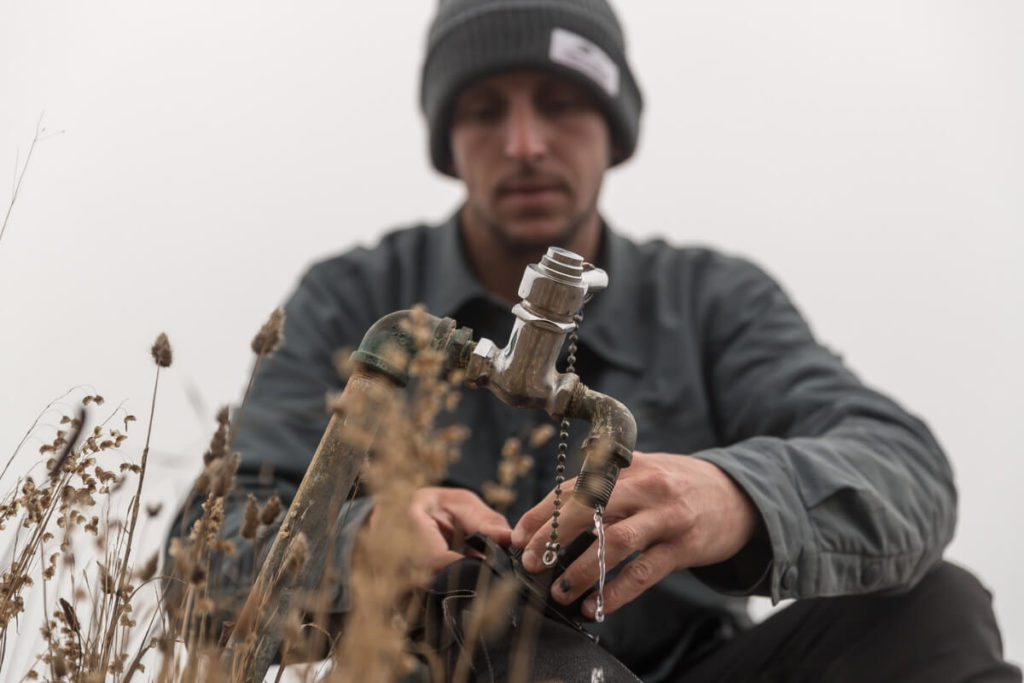
Make sure you have enough water nearby to put your campfire completely out.
When the time comes to put out a campfire, the ground should be completely cool to the touch. It requires a healthy amount of water to do this. If you are not camping by a water source, think about whether you are able to bring enough water to cover your hydration needs and put a fire completely out. It’s definitely possible to bring this much water when you are car camping, but not when you are backpacking. If you are backpacking and unable to camp near a water source, it’s best not to have a campfire and use a lightweight backpacking stove for cooking instead.
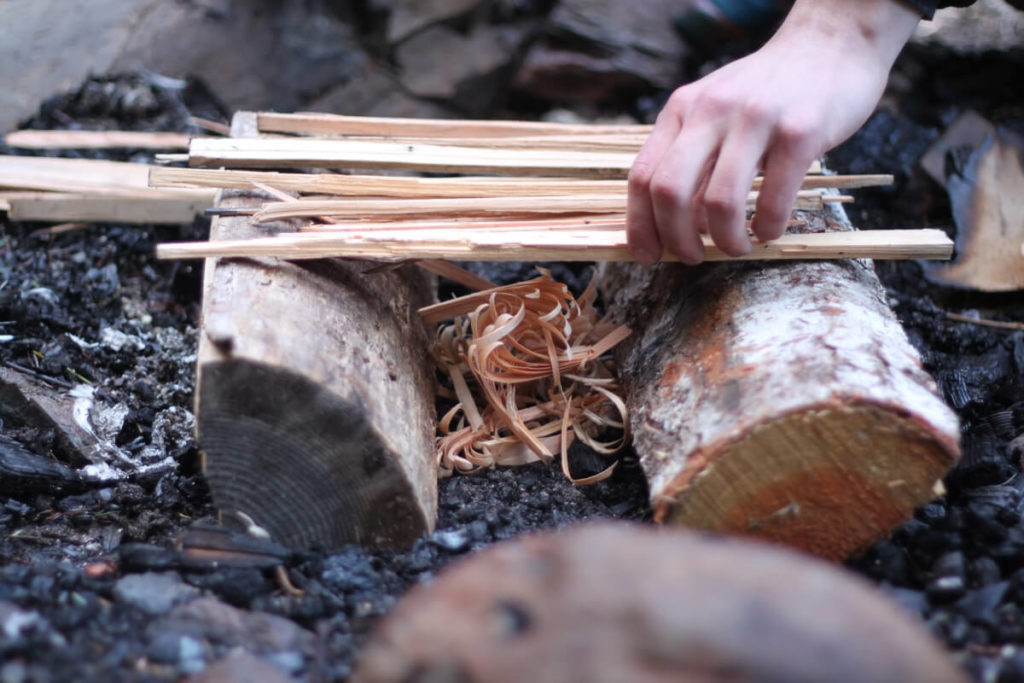
Staging a campfire for an Instagram photo? Please reconsider.
It’s common to see photos of perfectly staged campfires on the Explore feed on Instagram, and it can be tempting to set up your own campfire for a similar photo. Unfortunately, a lot of these photos aren’t following Leave No Trace principles. Sometimes the fires are even illegal. There are tons of ways to get creative Instagram photos without endangering public lands. If you don’t need a fire, don’t build one, especially if it is just for a photo.
These simple steps can help you decide if having a campfire is a safe and practical decision. It’s always important to be responsible while enjoying our shared public lands. If you have more questions on campfire safety not answered here, you can find more information at the Smokey the Bear website or the US Forest Service’s wildfire site.

